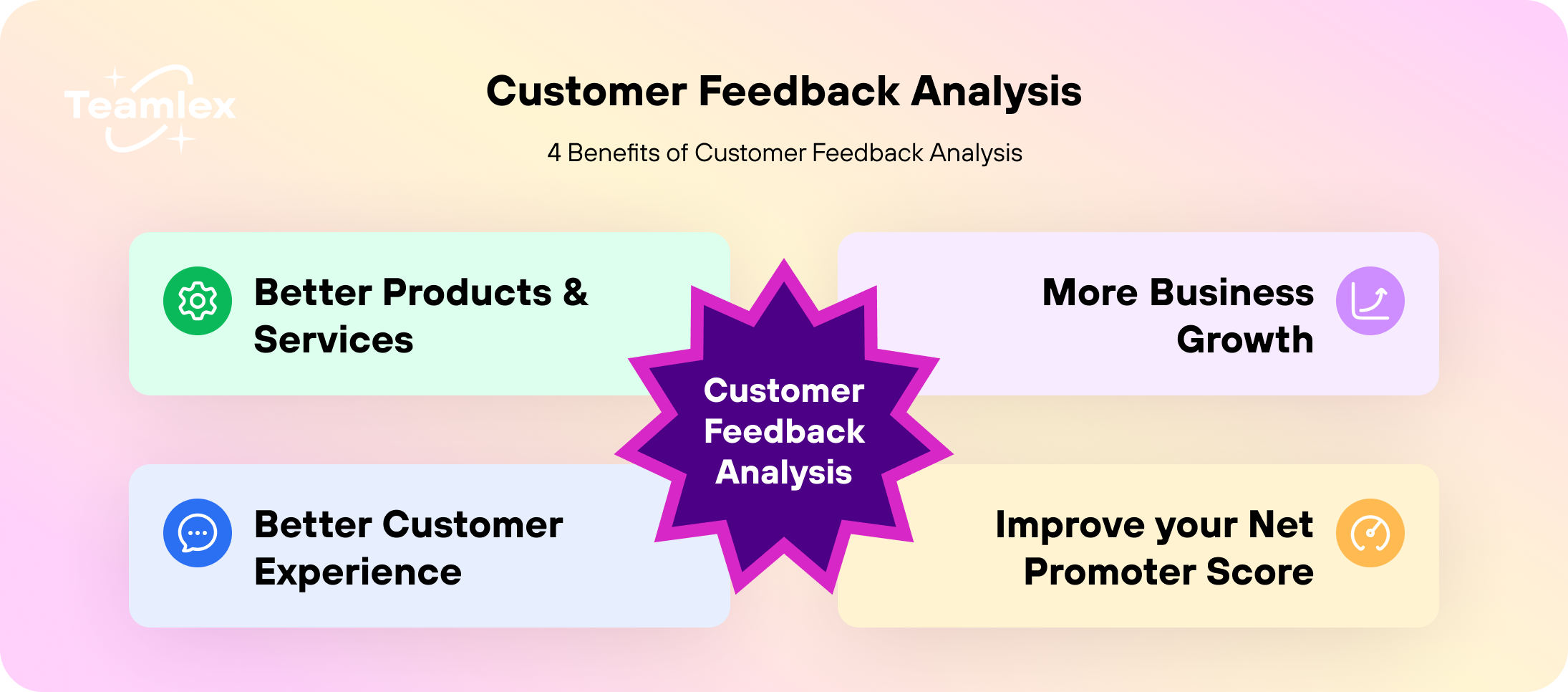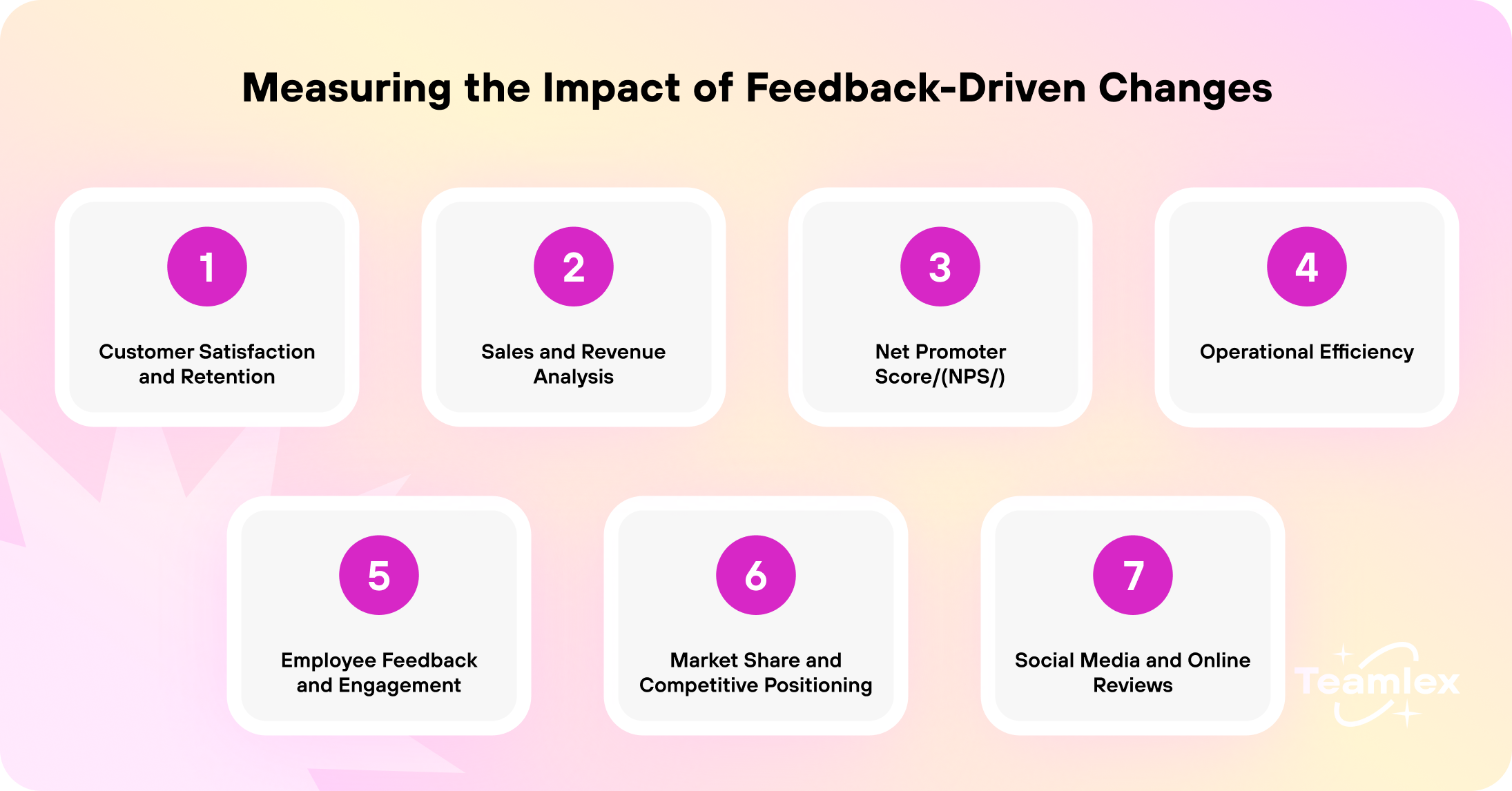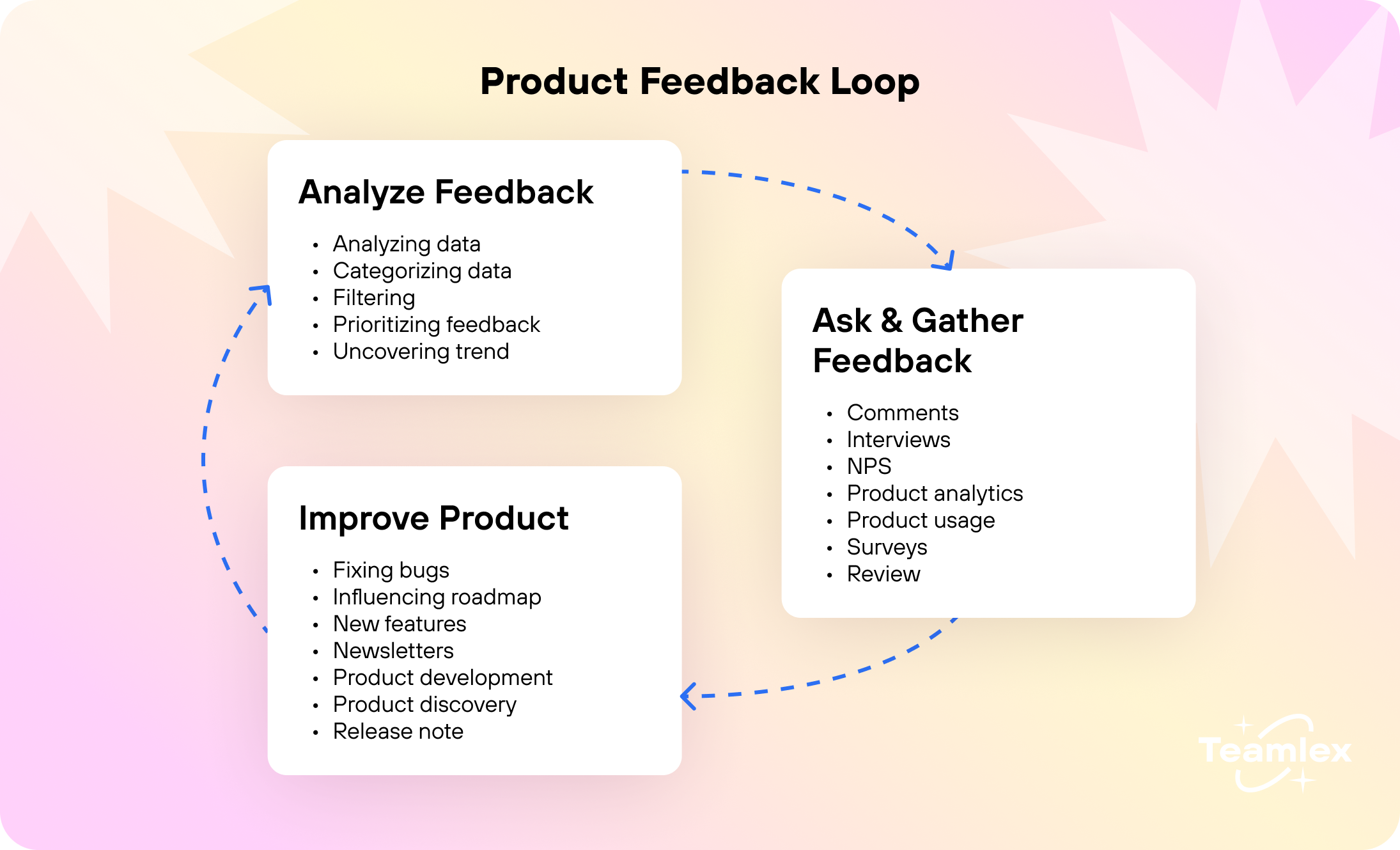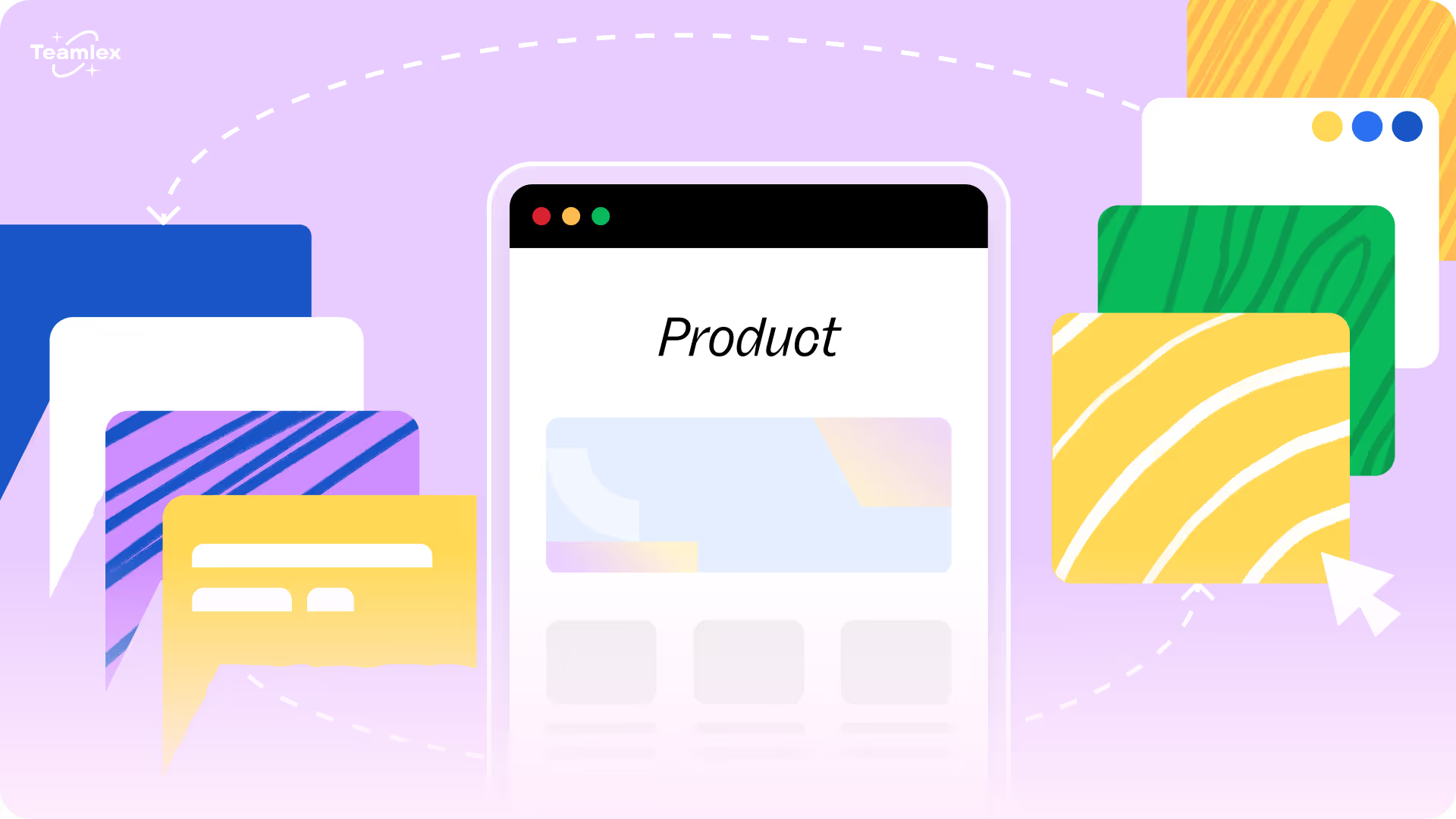Leveraging customer feedback effectively can provide insights to refine your product, enhance user satisfaction, and set you apart from competitors. This guide walks through actionable steps to harness customer feedback, driving meaningful changes in your product development process.
Why customer feedback matters
Understanding customer perspectives offers a window into how your product performs in real-world scenarios. Feedback can reveal pain points, unmet needs, and unexpected uses for your product, all of which can guide your product development and refinement efforts. Here are some specific benefits:
- Enhanced user experience: Customers will let you know what they like, dislike, or wish was different about your product.
- Better alignment with market needs: Staying in tune with customer feedback helps ensure your product is relevant and competitive.
- Informed decision-making: Feedback provides data that can support decisions around features, design, and usability.
Collecting customer feedback
Collecting feedback is the first step in using it effectively. There are various methods, each offering unique insights and benefits. Here are some key ways to gather feedback:

- Surveys and questionnaires
- These are versatile tools for collecting structured responses.
- Use surveys to ask specific questions about features, usability, and satisfaction.
- Keep them short to ensure higher response rates.
- User interviews
- One-on-one interviews provide deeper insights into user behavior.
- They allow you to explore detailed thoughts and specific pain points.
- Use open-ended questions to encourage users to share more freely.
- Feedback forms and live chat
- Feedback forms on your website capture immediate impressions.
- Live chat can provide real-time feedback and help resolve issues instantly.
- These channels work well for capturing spontaneous insights.
- Social media listening
- Social media platforms are full of unfiltered customer feedback.
- Monitor mentions, comments, and reviews for honest opinions.
- Use this data to identify trends and spot recurring issues.
- Product analytics
- Analyze in-app behavior to see how users interact with your product.
- Look at metrics like bounce rates, time spent on features, and drop-offs.
- Combine qualitative feedback with quantitative insights for a full picture.
{{resource}}
Analyzing customer feedback
Once you’ve collected feedback, it’s crucial to analyze it properly to identify patterns and actionable insights. Here’s how:

- Categorize feedback: Sort responses by themes like usability, performance, and design to see where most issues or suggestions lie.
- Prioritize insights: Not all feedback is equally urgent. Rank suggestions based on their potential impact on user experience and business goals.
- Identify recurring issues: Look for feedback that comes up repeatedly, as this often highlights the most pressing problems.
Integrating feedback into product development
Turning feedback into actionable changes is where the real value lies. Here are ways to incorporate customer insights into your development process:
- Refine features based on user needs
- Use feedback to improve existing features, addressing user pain points.
- For example, if users find a feature difficult to navigate, consider a redesign.
- Prioritize new feature development
- Identify features that customers are frequently requesting.
- Add these to your development roadmap, aligning them with your product vision.
- Improve onboarding and tutorials
- Many users express confusion around initial setup or functionality.
- Use feedback to create better onboarding guides and tutorials, ensuring a smoother experience.
- Streamline usability
- Regularly assess if certain functions are too complex or unnecessary.
- Simplifying the product can lead to a more satisfying user experience.
Communicating feedback-driven changes to customers
When customers see that their feedback has led to improvements, they feel valued and more connected to your product. Here’s how to close the feedback loop:
- Send update notifications: Inform users about changes or new features that resulted from their feedback.
- Share release notes: Be transparent about adjustments and explain why they were made.
- Acknowledge contributions: Publicly thank users who provided helpful insights, whether through emails, newsletters, or social media.
Measuring the impact of feedback-driven changes
Implementing feedback-driven changes isn’t the end of the journey. It’s essential to measure the impact of these changes on product performance and user satisfaction.

- Monitor user engagement: Check if engagement with the updated features has increased post-implementation.
- Track retention rates: Retention can indicate whether changes have led to a more satisfying product experience.
- Collect post-update feedback: Gather more feedback after implementing changes to understand if they met customer expectations.
{{cta}}
Challenges of using customer feedback
Integrating feedback isn’t always straightforward. Here are some common challenges and how to address them:
- Overwhelming amount of feedback: Focus on high-impact issues that align with your product goals.
- Conflicting opinions: Not all customers will agree; focus on feedback that aligns with your vision.
- Resource limitations: Start with small, high-impact changes that are feasible with current resources.
Best practices for leveraging customer feedback
Here are a few best practices to keep in mind as you make feedback an integral part of your product development process:

- Be proactive: Don’t wait for customers to complain; regularly solicit feedback.
- Be transparent: Share your decision-making process with users, so they understand the direction of the product.
- Iterate continuously: Product development is an ongoing process. Continually incorporate feedback as your product evolves.
Conclusion
Customer feedback is a goldmine for product development. By gathering, analyzing, and acting on insights, you can refine your product to better meet user needs, foster loyalty, and ensure your product remains competitive. Remember, effective feedback integration is a continuous cycle—keep listening, adapting, and improving, and your customers will reward you with loyalty and trust.
Embrace customer feedback as a central part of your strategy, and watch your product grow in ways that align with what matters most—your customers.






















4